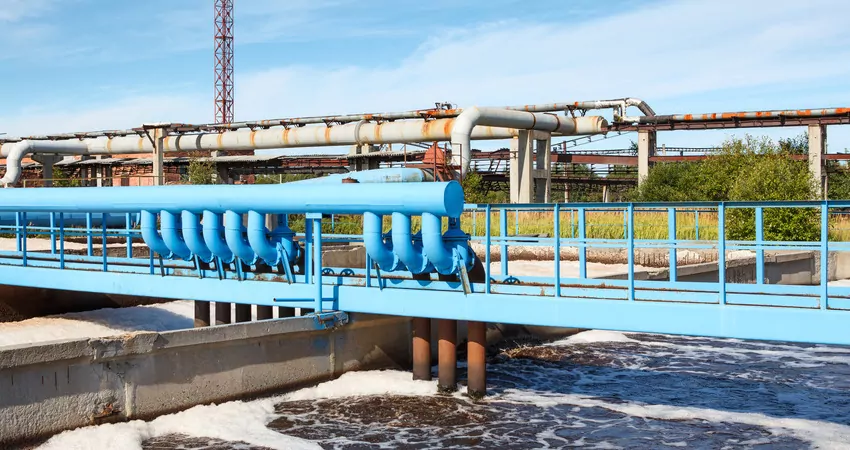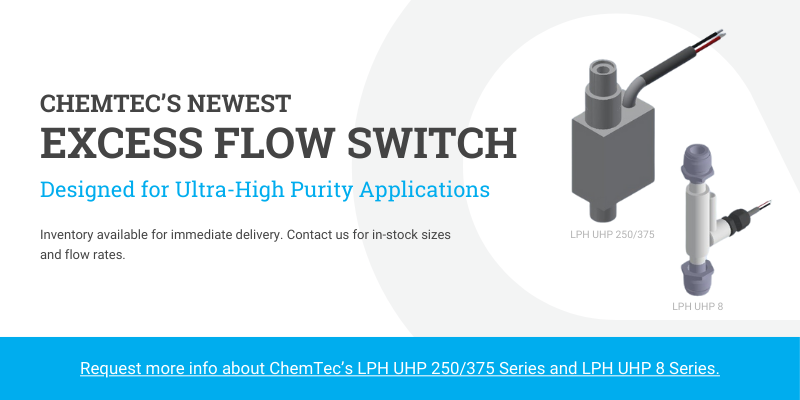Sludge sounds unattractive, and indeed usually is. Defined as, “a muddy or slushy mass, deposit, or sediment,” it’s the kind of thick, viscous goo you’ll find at the bottom of a pond. The thought of activating it conjurors up images of some science-fiction blob slithering through your town or city.
That’s actually not too far from reality. While it’s probably not in your neighborhood, activated sludge may well be just outside your city limits. The good news is that it’s far from harmful. In fact it’s positively beneficial as it forms an essential component of many large-scale wastewater treatment systems.
Keeping waterways clean
In many places rainwater is captured by storm sewers that channel it directly into lakes and rivers. However, discharging water that’s been used for industrial or sanitary purposes this way isn’t an option. Instead, this gets sent to a wastewater treatment facility for cleaning. Contaminants and solids are separated using processes mimicking natural water purification. The clean water can then be put safely into rivers, or, as happens in some larger urban centers, reused.
Multi-stage purification
Wastewater treatment facilities usually employ a multi-stage process. Incoming wastewater is screened to remove larger solids before being pumped into settling tanks. Lighter materials like plastics and grease rise to the surface where they’re scraped off while heavier particles sink to the bottom.
The remaining liquid moves into aeration tanks for secondary treatment. Here bacteria is introduced that “eats” the remaining contaminants. This cleans the water to the point where it needs only a final filtration step before being discharged. (Water that will be reused also gets disinfected.)
Aerobic digestion
These micro-organisms thrive in oxygen-rich environments, where they consume organic matter, transforming it into energy, water and CO2. To help the process along, air is bubbled up through the thick wastewater, ensuring the bacteria are exposed to plenty of air and organic material. The result is a kind of bubbling broth that’s known as “activated sludge.”
![]() The ChemTec contribution
The ChemTec contribution
Wastewater plants process thousands of gallons per hour, so each purification stage must be quick. In the “activated sludge” step air is pumped continuously at a precise rate. Too much or too little slows the rate of bacterial digestion, possibly resulting in the release of dirty water.
Air pumping and distribution system like these can easily suffer leaks or blockages, potentially putting human health at risk. Flow monitors can help avoid this. They are a simple and cost-effective technology for sensing and when air flow rates are outside target limits.
ChemTec’s series of LPH flow monitors are suitable for this kind of application. These employ a magnetic piston floating in the fluid stream. (LPH flow monitors are suitable for both liquids and gases.) A sensor detects the position of the piston, which changes as flow increases or decreases. If the alarm level is exceeded a signal goes out notifying process operators of an abnormal condition.
To learn more about flow monitoring technology, contact a ChemTec product specialist today.

